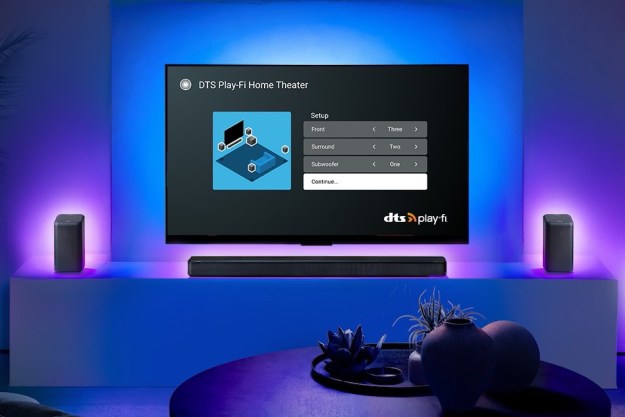A history of quality
Giles talked about Dolby’s history as a company, which has taken it from tape decks, to recording studios, to movie theaters. All along the way, the company has been an innovator. But how does it all work?
“It’s a long process,” said Baker. “[The process is] equal parts creativity and technology. Dolby Vision started with the belief that the next frontier in great images — this 10 years ago — is going to be high dynamic range. It starts with tinkering in the labs. Seeing what kinds of displays you can create.”
Since the early years in the Dolby labs building projectors with paper, the company always begins with the technology — whether that be the way sound and video are captured and mixed, or the way we experience it. From there, they take it to the artistic community. This gives a sense of how the tech changes the way content gets created.
Finally, it comes to consumers. But how does Dolby account for the differences in the homes theater setups in people’s homes? “We’re not just building a piece of tech that goes into your TV,” says Baker. “We’re building an entire system that understands what the content is supposed to look like, and describes it in great detail in delivering it to the TV.”
Dolby partnerships
The conversation also touches on the specific partnerships Dolby has established in order to become such a ubiquitous and important part of the entertainment industry and the home theater market. We see Dolby Vision on Sony and LG OLEDs, iOS devices like the iPad Pro and iPhone; Dolby Atmos from live sporting events, and on gaming consoles like the Xbox One.
Editors' Recommendations
- Samsung launches its flagship Dolby Atmos soundbar with discounted prices
- Amazon Prime Video makes Dolby Vision, Atmos a paid upgrade
- Samsung’s new Dolby Atmos wireless speaker doubles as a picture frame
- Apple’s Dolby Atmos Music bounty could be a disaster for the format
- Bose’s new flagship Dolby Atmos soundbar brings AI smarts to the dialogue problem



